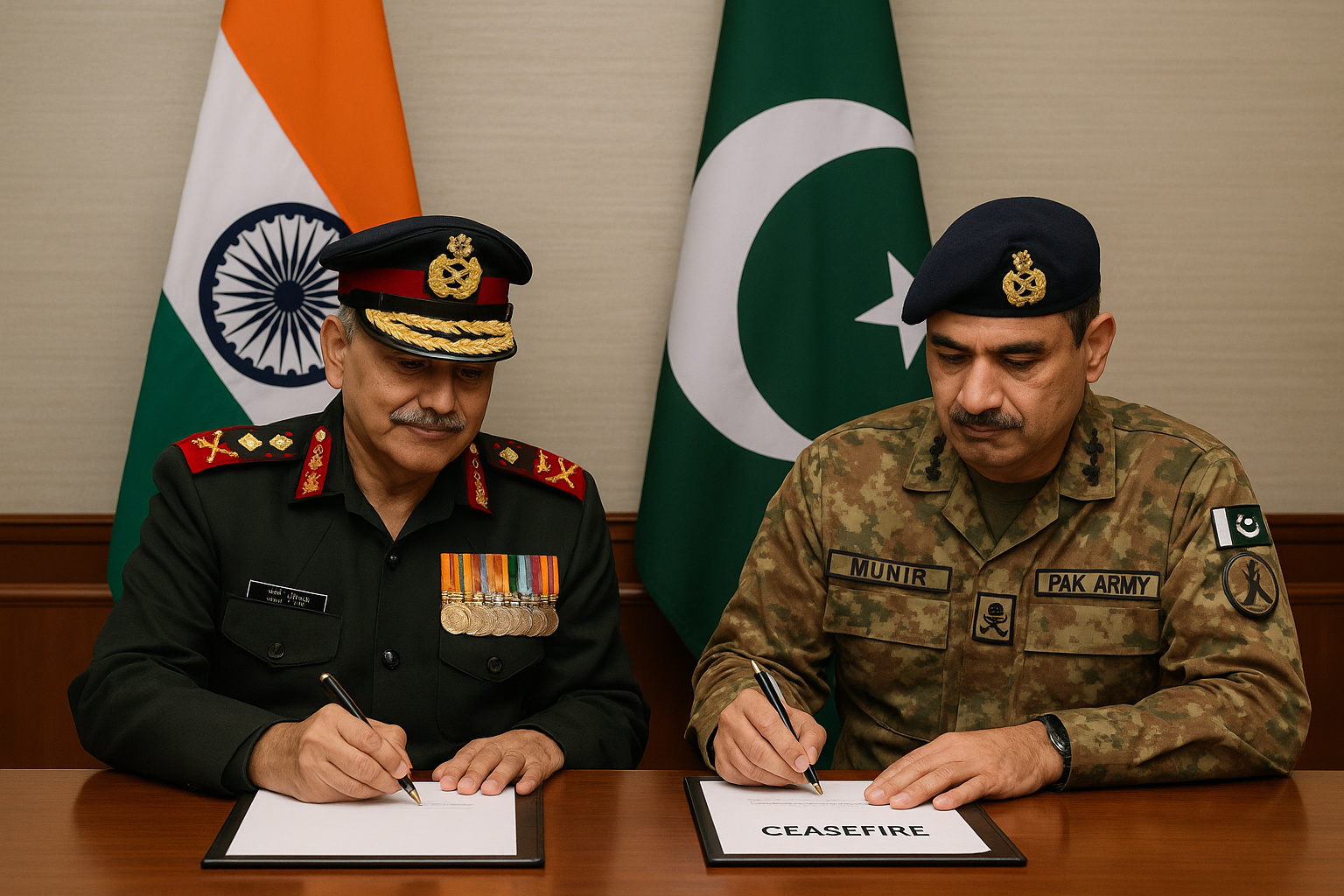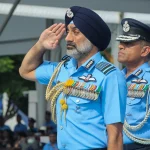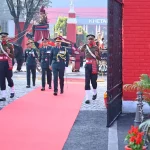After four intense days of escalating military exchanges, including drone incursions, missile strikes, and artillery shelling across the Line of Control (LoC), India and Pakistan agreed to a temporary halt to hostilities from the evening of May 10. However, just hours after the ceasefire came into effect, Pakistani drones were detected and intercepted in Jammu and Kashmir — including over Srinagar — and even as far as Gujarat, prompting swift Indian retaliation.
India’s Foreign Secretary Vikram Misri, addressing the media, underscored that New Delhi “takes very, very serious notice” of these violations. He reiterated that Indian armed forces were delivering “an adequate and appropriate response” and that ceasefire violations would not go unanswered.
The backdrop to the ceasefire was marked by high-intensity exchanges. On May 10, the Indian Air Force launched air-launched BrahMos cruise missile strikes on key Pakistani Air Force bases, including those at Chaklala (near Rawalpindi), Sargodha, Jacobabad, Bholari, and Skardu. These installations are considered vital for Pakistan’s strategic aviation and logistics capabilities.
Indian intelligence intercepted heightened alert communications across Pakistan’s military networks following the strikes, suggesting that Islamabad feared further targeting of its nuclear command infrastructure. Strategic facilities in Rawalpindi, including those linked to Pakistan’s Strategic Plans Division, reportedly initiated advanced security measures.
In response, Pakistan urgently reached out to the United States. US officials, who had been closely monitoring the situation, are believed to have pressured Islamabad to immediately engage India through the formal military hotline. Sources indicate the US “practically ordered” Pakistan to contact the Indian military directly to prevent further escalation.
At 3:35 PM IST on May 10, Pakistan’s Director General of Military Operations (DGMO), Major General Kashif Abdullah, contacted his Indian counterpart, Lieutenant General Rajiv Ghai. The call, confirmed later by Foreign Secretary Misri, was pivotal in formalizing the ceasefire.
Despite intense international diplomatic pressure, India maintained its stance of not engaging in mediated talks with Pakistan and signalled readiness for further escalation if provoked. Plans reportedly included targeting economic and energy infrastructure as part of a broader strategic deterrence posture.
India also made clear that its decisions following the April 22 terror attack in Pahalgam — notably the temporary suspension of the Indus Waters Treaty (IWT) — would remain in force regardless of the ceasefire.
The situation remains tense, with India on high alert and closely monitoring developments along the LoC and beyond.













